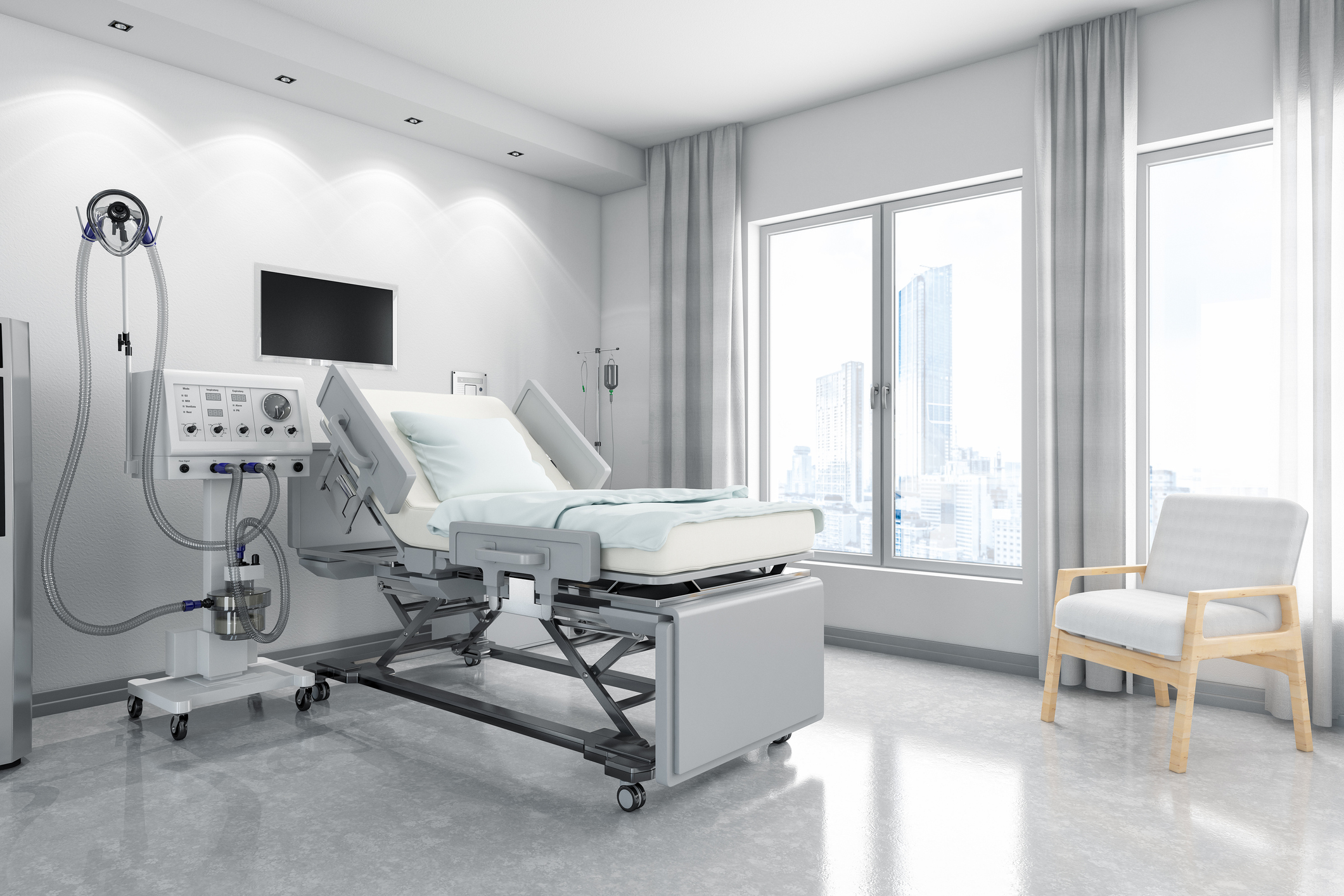Since the passing of the Affordable Care Act, most medical systems are doing a pretty tough balancing act; needing to improve healthcare quality while trying to decrease healthcare spending. This becomes problematic when it comes to deciding on spending money on new capital equipment.
In healthcare, capital expenditures can be generated from several departments: Information Technology, Clinical Engineering, Design and Construction, Purchasing, Accounting, as well as Surgery and other capital-intensive departments. In defining what qualifies for capital equipment, it’s important to satisfy the following five attributes.
1.) Acquisition Cost
Each facility or practice will have a specific cost threshold for capital purchases. Depending on the size of your practice, this could be as low as $500 or as high as $5000, and is really determined based on the administrative process of the facility. A small clinic with a fewer number of assets can afford the time to deal with lower thresholds.
Acquisition costs include the price of the equipment plus other costs related to the sale including delivery and setup. For purchases with peripherals, like computers, items such as printers, keyboards, and software can be included in the cost.
2.) Not Disposable or Consumable
Cost can’t be the only deciding factor for determining capital expenditures. By definition, consumables are commodities that are used up relatively quickly. Some healthcare purchases may meet the cost threshold but if they are purchased to be used, or “consumed” then they don’t qualify as capital.
Capital equipment is considered to be an asset, should be tagged and inventoried as such, and is subject to depreciation.
3.) Stand Alone
A large component purchase may easily satisfy both the cost and not consumable attributes, but still may not qualify as capital equipment on its own. Stand alone means the piece can be used by itself. Understanding this attribute can help you group components correctly so that, if needed, a component can be valued and recorded with the main capital equipment.
Keep in mind, however, your procurement process may allow later component like capital equipment purchases that add value or extend the life of an existing piece of capital equipment. The later purchase could be added to the value of the supported equipment.
4.) Useful Life of One Year or More
A simple definition of a capital asset is one that is purchased with the goal to generate profit and which will benefit the company beyond the time span of at least a year. Additionally, in order to satisfy present value and future value in determining depreciation of your capital equipment, the piece must have a useful life of more than one year. If it doesn’t, then most accounting practices would identify it as a consumable.
5.) Qualifies as Tangible Property
In defining capital assets, there are non-tangible assets that benefit a company, such as trademarks and intellectual property. But for the purpose of understanding capital equipment procurement, the final attribute should be that it is tangible property. Taxing jurisdictions define tangible property as that which can be moved and is part of the operations of the business. Items purchased to be re-sold might not qualify as tangible property, and would fall under inventory rather than capital equipment.
When you have a need to add to your capital equipment, look to us at CME to help the process along. With 30 years of experience, our goal is to provide the project facilitation and support you need to when realizing your vision for enhancing your facility. Contact us to discuss your plans and let us tell you how we can help.
About CME: CME Corp is the nation’s premier source for healthcare equipment, turnkey logistics, and biomedical services, representing 2 million+ products from more than 2,000 manufacturers.
With two corporate offices and 35+ service centers, our mission is to help healthcare facilities nationwide reduce the cost of the equipment they purchase, make their equipment specification, delivery, installation, and maintenance processes more efficient, and help them seamlessly launch, renovate and expand on schedule.


.png?height=100&name=Cindy%20Headshot%20(2).png)
